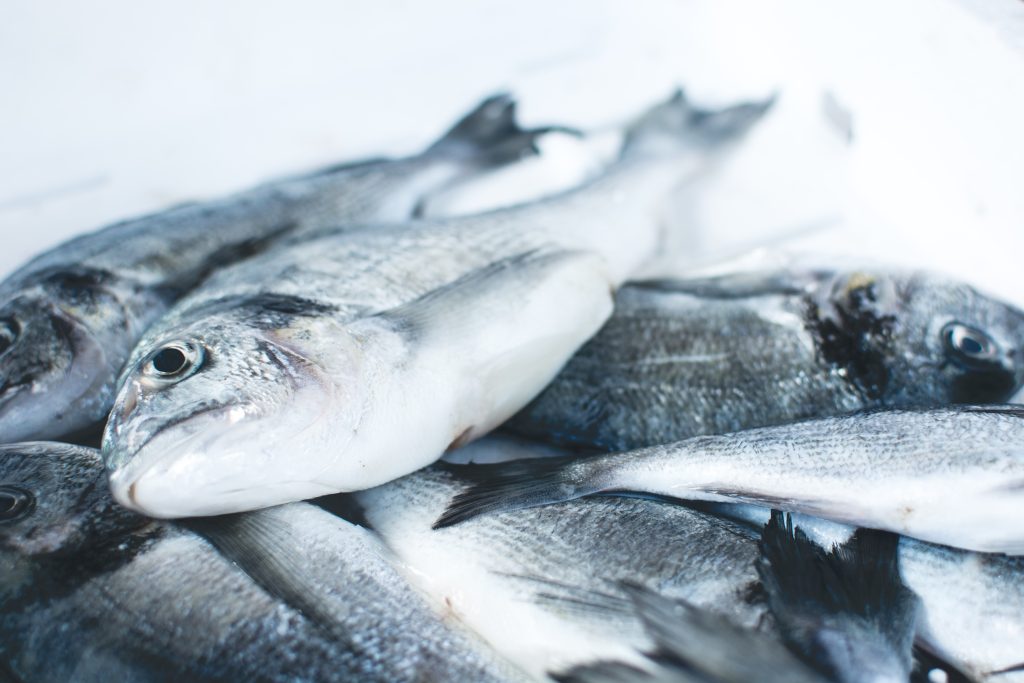The Dangerous Reason You Should Never Eat Locally Caught Fish
Eating locally caught fish could expose you to dangerous PFAS, otherwise known as forever chemicals.
This article is more than 2 years old

Eating locally caught fish might seem like a good idea. But it could be really bad for your health as fish found in the Great Lakes, streams and rivers contain dangerously high levels of perfluorooctane sulfonic acid (PFOS), according to a study by the U.S Environmental Protection Agency. The chemical is part of a family of manufactured additives known as polyfluoroalkyl substances (PFAS).
These dangerous additives were used to create the nonstick, stain, and damage-resistant coating found on consumer products since the 1950s. They are also known as forever chemicals because they don’t break down easily. The chemicals then accumulate in locally caught fish, livestock, dairy, and game animals that people eat.
Speaking to CNN Health, Study co-author David Andrews, who is also a Senior Scientist at Environmental Working Group, said the levels of PFOS found in locally caught fish often exceeded 8,000 parts per trillion. By contrast, the Environmental Protection Agency only allows 70 parts per trillion in the nation’s drinking water.
Then in 2022, due to growing health concerns, the EPA said the level of PFOS in drinking water be lowered to 0.02 parts per trillion. “You’d have to drink an incredible amount of water to get the same exposure as you would from a single serving of locally caught freshwater fish,” Andrews explained. The report was published in the Environmental Research Journal.
Consuming even one locally caught fish per year can significantly change the levels of PFOS in the blood. According to the National Academies of Sciences, Engineering, and Medicine, chemicals in the PFAS family are linked to cancer, high cholesterol, and other chronic diseases. They also limit the antibody response to vaccines in adults and children.
Toxicologist and former Director of the National Institute for Environmental Health Sciences and the National Toxicology Program, Linda Birnbaum reiterated the importance of the paper. “To find this level of contamination in locally caught fish across the country is very concerning,” she said via CNN. Contamination has even been found away from industrial areas.
Sadly, avoiding locally caught fish isn’t enough to escape the dangerous chemical. Manufacturers add PFAS to a wide variety of products. This includes nonstick cookware, mobile phones, carpeting, clothing, makeup, furniture, and food packaging. Although local industries agreed to voluntarily stop using PFAS in the 2000s consumer, they can still be found in some imported items.
And due to growing health concerns surrounding locally caught fish and other products, the use of PFOS in food packaging was phased out by the US Food and Drug Administration in 2016. However, a 2020 investigation still found traces of the toxin in fast food packaging and environmentally friendly containers.
But, according to the CDC, the industry claimed to have reworked the chemicals by making them into 4- and 6-carbon chains. Unfortunately, the new versions still contain many of the same dangerous health effects as the 8-chain PFAS. As a result, the risk to consumers remains the same. Until these chemicals stop finding their way into water sources, it’s best to steer clear of locally caught fish.




